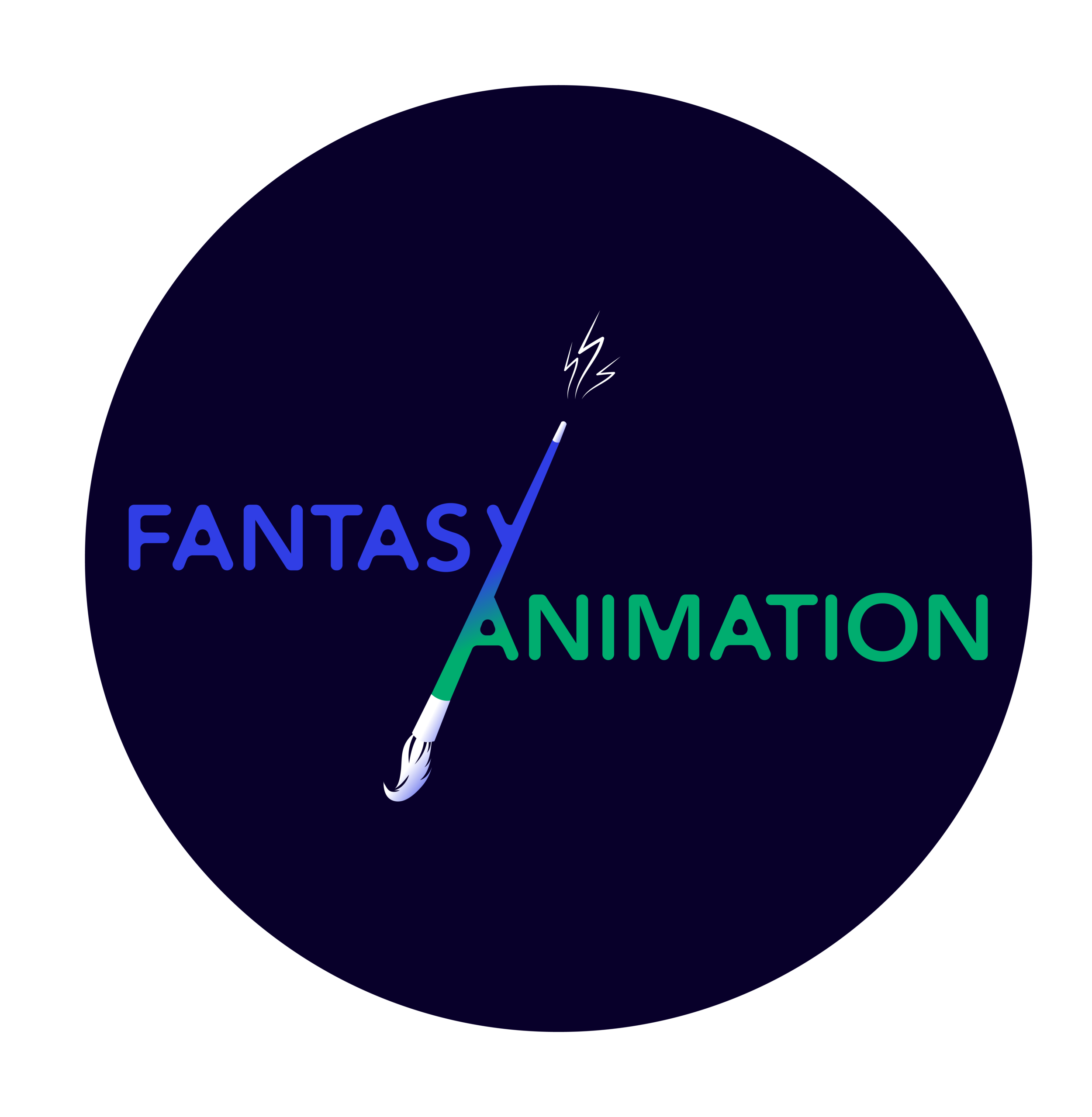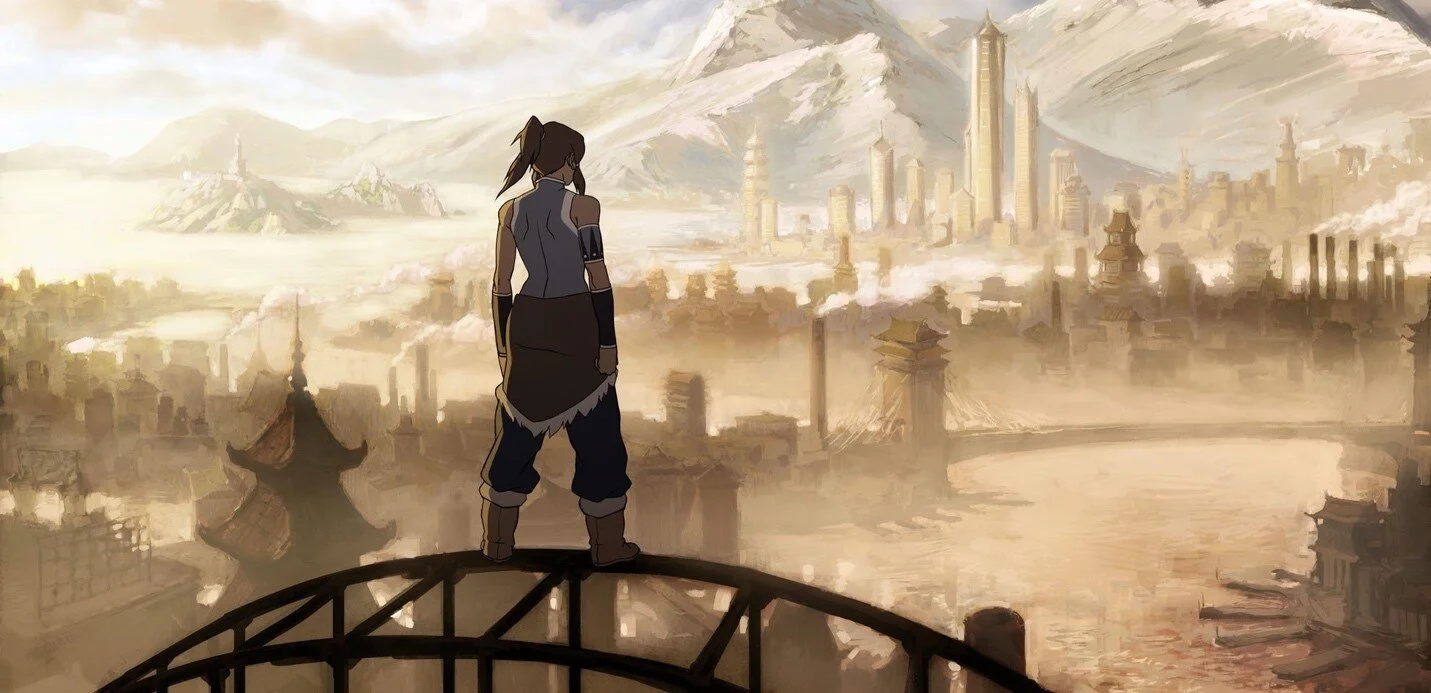As someone who was schooled in the UK between the mid-1990s and mid-2000s, I don’t have extensive memories of the formal teaching of sex education, for such classes were embarrassingly few.
Read MoreI started researching the figure of Zatoichi the Blind Swordsman for specific reasons, which resulted in the book-length study, The Paths of Zatoichi (2021).
Read MoreThe Man of Carton (2021) is a music video project that uses forms of fantasy and animation to provide a metaphor for, and representation of, a specific type of human behaviour related to psychopathy, exploring the relationships between emotion, empathy, and behaviour. Psychopathy’s most significant and dominant characteristics are traditionally understood as the reification of humans, a perceived lack of emotion, a need to corrupt or cause harm or pain to others, and a complex relationship to modes of innocence.
Read MoreThe world that children occupy is full of secrets, and is a world not shared with adults. It is one concerned primarily with fantasy and imagination. Every child has a right to occupy that secret world; it’s part of childhood development and is an important locator of child identity as a ‘non-adult’. As Chris Jenks tells us, “the child is familiar to us and yet strange, he or she inhabits our world and yet seems to answer to another” (2020, 3). The child exists in its own distinct world and separation and agency are at the core of that world.
Read MoreUnder the sea, monsters lurk. Despite The Little Mermaid (Ron Clements & John Musker, 1989)’s Sebastian singing about under the sea being better, audiences have long held a fear of the ocean and what lies beneath. It is an understandable fear, linked to the fear of the unknown; after all, it is estimated that 80% of our oceans remain unexplored.
Read MoreThe climactic sequence of The Thief and the Cobbler/The Princess and the Cobbler/Arabian Knight (unfinished, 1993, 1995, Richard Williams) or the ‘War Machine sequence’ - as it is commonly found on YouTube - is a long and intricate piece of experimental animation.
Read MoreMy name is Michael Tanzillo, and I’ve worked for years in the animation industry at top studios like Blue Sky Studios, and on computer-animated feature films such as Ice Age (Chris Wedge, 2002), Rio (Carlos Saldanha, 2011), and Ferdinand (Carlos Saldanha, 2017).
Read MoreIn the first part of this blog post, I looked at how Petite Maman evokes the fantastic in its movement between what Tzvetan Todorov calls the uncanny and the marvellous, through the tale of a young girl (Nelly) meeting her own mother (Marion) at the same age. In this second part, I will look in further detail at the magical uncertainty, ambiguity and a wavering between different cinematic modes that Sciamma’s film presents.
Read MoreTo describe Céline Sciamma’s new film, Petite Maman (2021) (Fig. 1) as “Alain Resnais does Bridge to Terabithia” would surely be to do a disservice to all involved, and the director’s own references are – more appropriately – Alice Guy-Blaché, Germaine Dulac and Miyazaki Hayao (especially My Neighbor Totoro [1988] and Spirited Away [2002]).
Read MoreImagination is deeply intertwined with sensorial experience. One sensorial perception can prompt us to imagine a whole setting to go with it, and function as a catalyst for both simple and extremely complex cognitive processes (Berger, 2016). Sound can be a powerful tool to invite the audience to experience something that is not actually there, and because of this, it has been extensively used for world-building and character development within a range of animated and fantasy media.
Read MoreStarting in the very late 1980s and early 1990s, moviegoers and television watchers in the United States saw a wave of high-quality animation. These included movies like Who Framed Roger Rabbit (Robert Zemeckis, 1988), The Little Mermaid (Ron Clements & John Musker, 1989), and Beauty and the Beast (Gary Trousdale & Kirk Wise, 1991), as well as TV shows like The Simpsons (Matt Groening, 1990-), Rugrats (Arlene Klasky, Gábor Csupó, and Paul Germain, original run 1991-1994), The Tick (Ben Edlund, 1994-1997), and Batman: The Animated Series (Bruce Timm, Paul Dini & Mitch Brian, 1992-1995).
Read MorePixar’s much-delayed computer-animated fantasy film, Soul (Pete Docter, 2020), was originally scheduled for theatrical release in the U.S. on June 19, 2020, yet was finally released on the Disney+ platform almost a year ago in December 2020. The story follows the life of a middle school music teacher named Joe Gardner (Jamie Foxx) who falls down a manhole on the streets of New York City into another world, a world in which his soul is separated from his body.
Read MoreAt first glance, Studio Mir seems like the cutting edge of animation. The world-renowned studio – known for favorites like Avatar: The Legend of Korra (2012-2014), Voltron: Legendary Defender (2016-2018), and Kipo and the Age of Wonderbeasts (2020) – perches above 20-plus stories in a glass-and-steel building placed in the heart of Gasan Digital Complex.
Read MoreThe development of animated documentaries has expanded the functions of animation art, including recording the culture and life of ethnic minority communities or particular social groups and conveying their voices. Animations like The Stitches Speak (Nina Sabnani, 2009) and They Call Us Maids: The Domestic Workers' Story (Leeds Animation Workshop, 2018) endeavoured to make animation content represent the subjects’ views more accurately.
Read MoreEighty-four years after its first animated feature film, Snow White and the Seven Dwarfs (David Hand, 1937) and fifty-eight movies later, Disney finally has its first Southeast Asian princess with Raya and the Last Dragon (Paul Briggs, Don Hall & Carlos López Estrada, 2021). The titular character, Raya, joins the ranks of their other princess-of-colour from the Disney canon including Tiana from The Princess and the Frog (Ron Clements & John Musker, 2009), Jasmine from Aladdin (Ron Clements & John Musker, 1992), and the titular characters from Pocahontas (Mike Gabriel & Eric Goldberg, 1995), Mulan (Tony Bancroft & Barry Cook, 1998) and Moana (Ron Clements, Don Hall & John Musker, 2016).
Read MoreWhat a delight to participate in the Society of Animation Studies annual conference: “Animate Energies,” hosted this past June out of the University of Tulane by Eric Herhuth. It was sad to not see my SAS friends in person, but on the other hand its remote (and free!) nature likely facilitated participation by those unable to afford the expense or time to travel to an international event.
Read MoreMarvel Studios’ most recent foray into television content, Loki (Michael Waldron, 2021) marks the start of a new phase in the development of the Marvel Cinematic Universe – one guided by multiplicity. Multiplicity is an inherent feature of franchised media products, an inevitable consequence of the sharing of intellectual property sources across multiple sites of production. In its attempt to unleash multiplicity upon the MCU, Loki engages in a metacommentary on the structures of industrialised creativity.
Read MoreThe representation of femininity within animation can sometimes indulge in and reflect problematic modes of gender representation. There is, of course, a long history of demonising forms of femininity, with stereotypical and socially constructed feminine traits including empathy, kindness, warmth and nurturance (see Kite 2001, 563). Not only are these traits often enforced onto women (Wing Sue 2010, 172), but are also conventionally considered signs of weakness (Windsor 2015, 893-897).
Read MorePixar’s Loop (Erica Milsom, 2020) is an animated short film from Pixar Animation Studios, and part of the “SparkShorts” program that was designed to discover new storytellers and artists by producing short films on a smaller time frame and budget, giving directors freedom to explore new stories, techniques and workflows.
Read MoreSince its release in 2015, Pixar’s The Good Dinosaur (directed by Peter Sohn) has accrued a less-than-spectacular reputation. At the time of writing this blog, aggregated scores on sites like Rotten Tomatoes and Metacritic place the film towards the bottom of Pixar’s oeuvre.
Read More



















